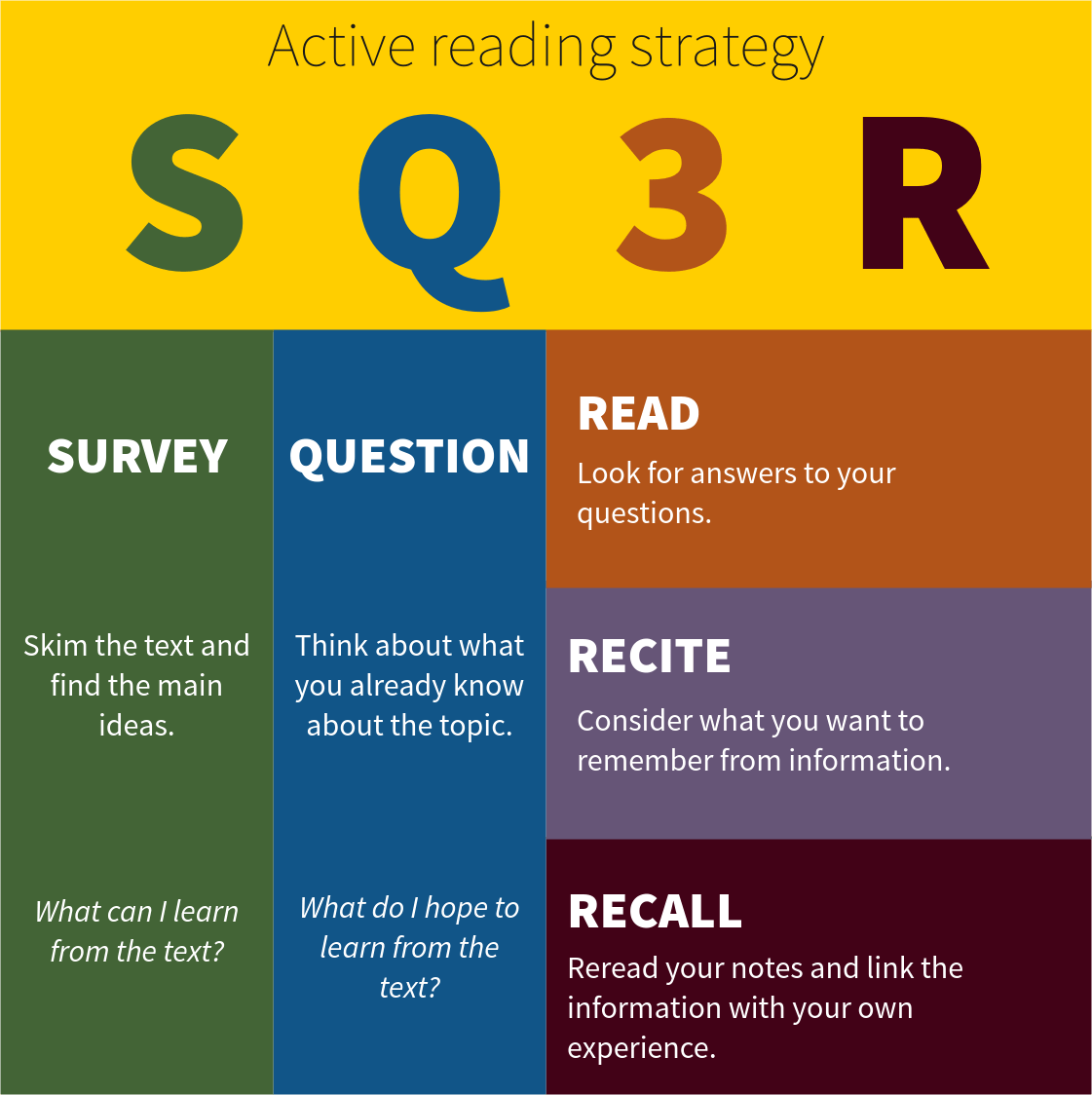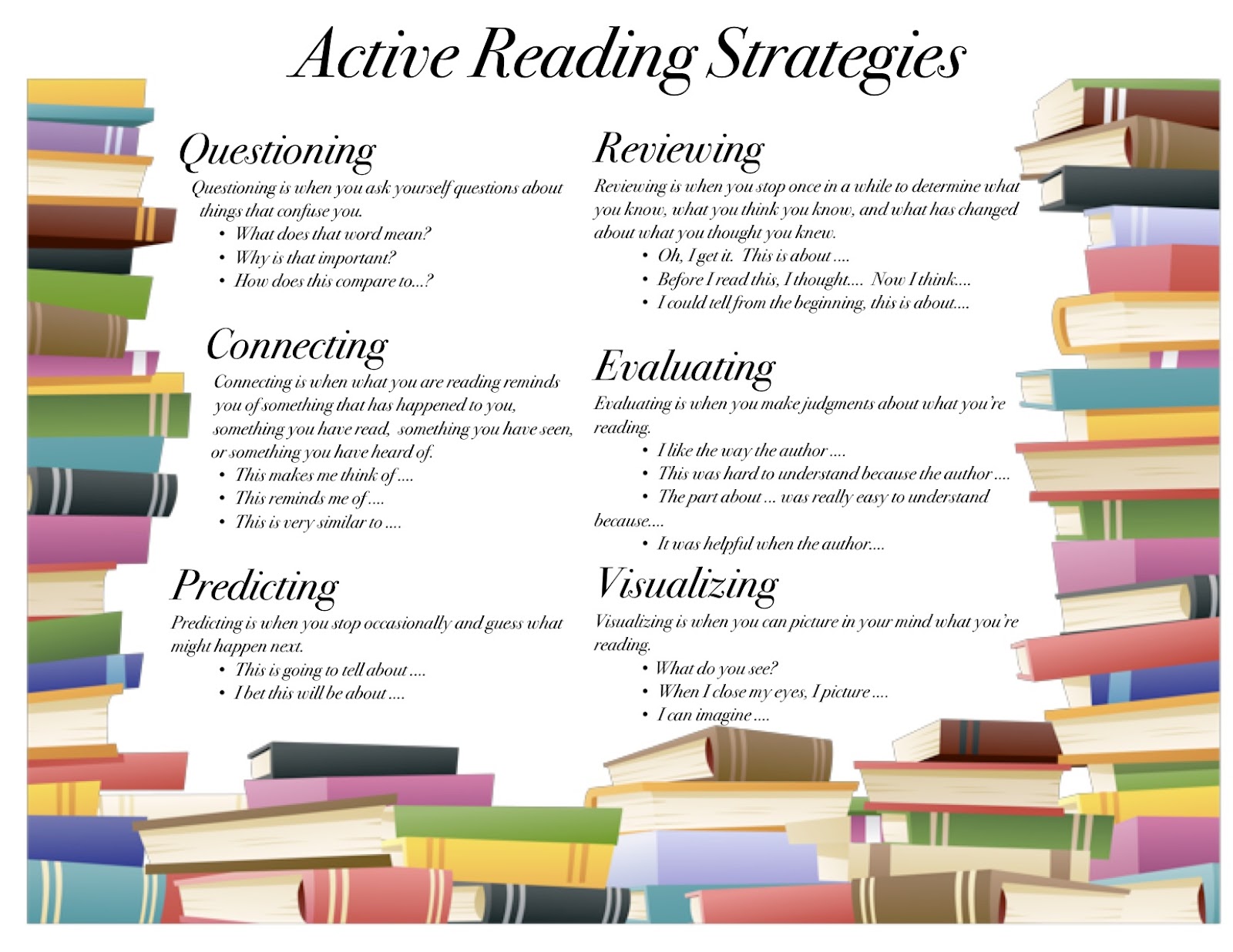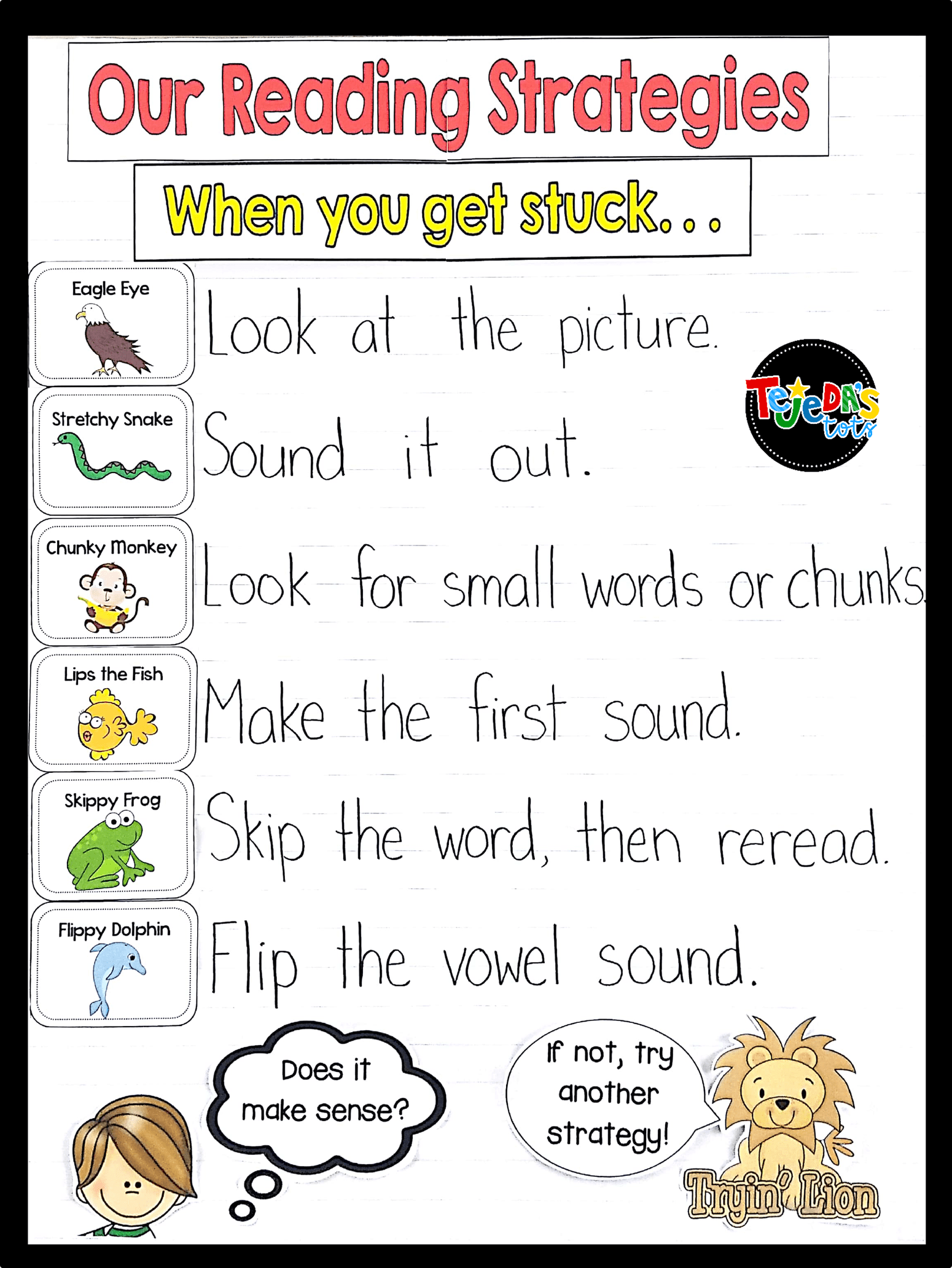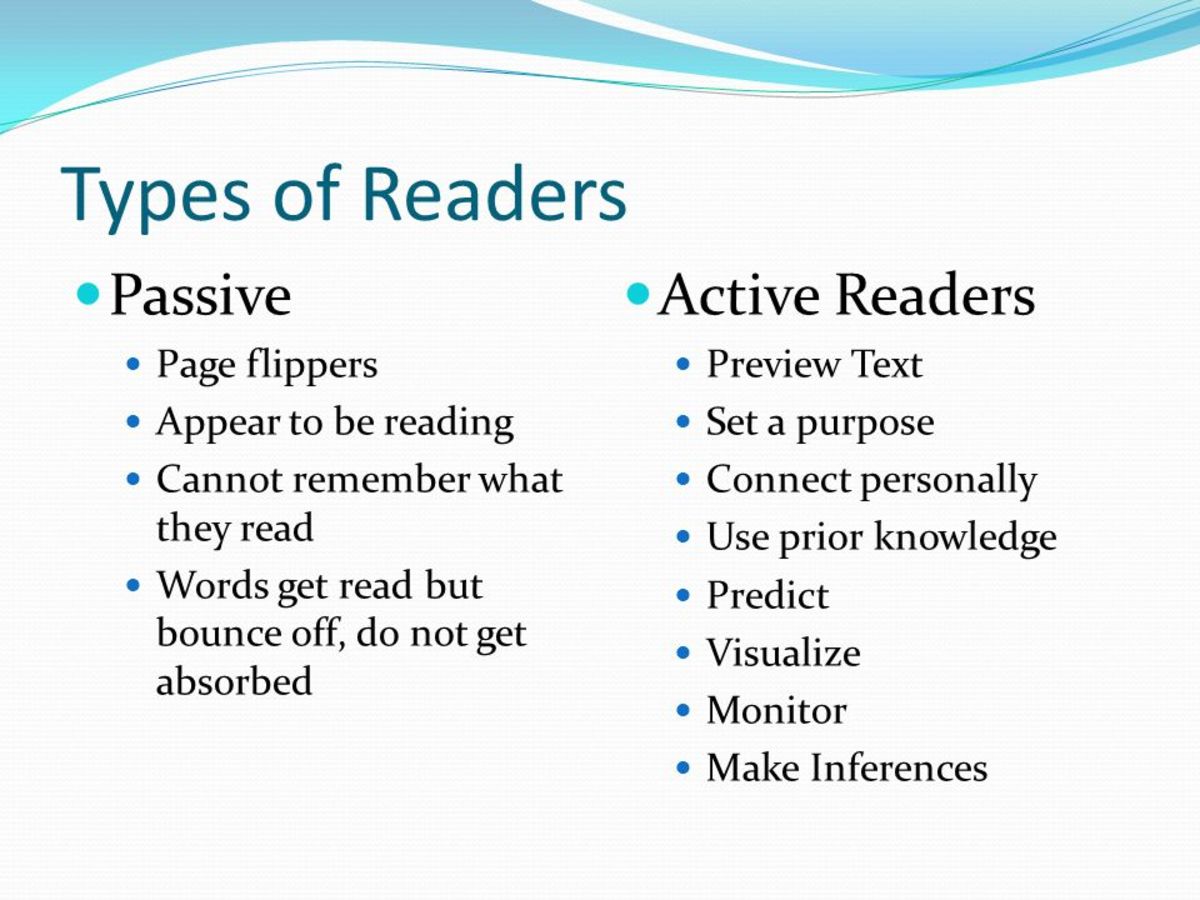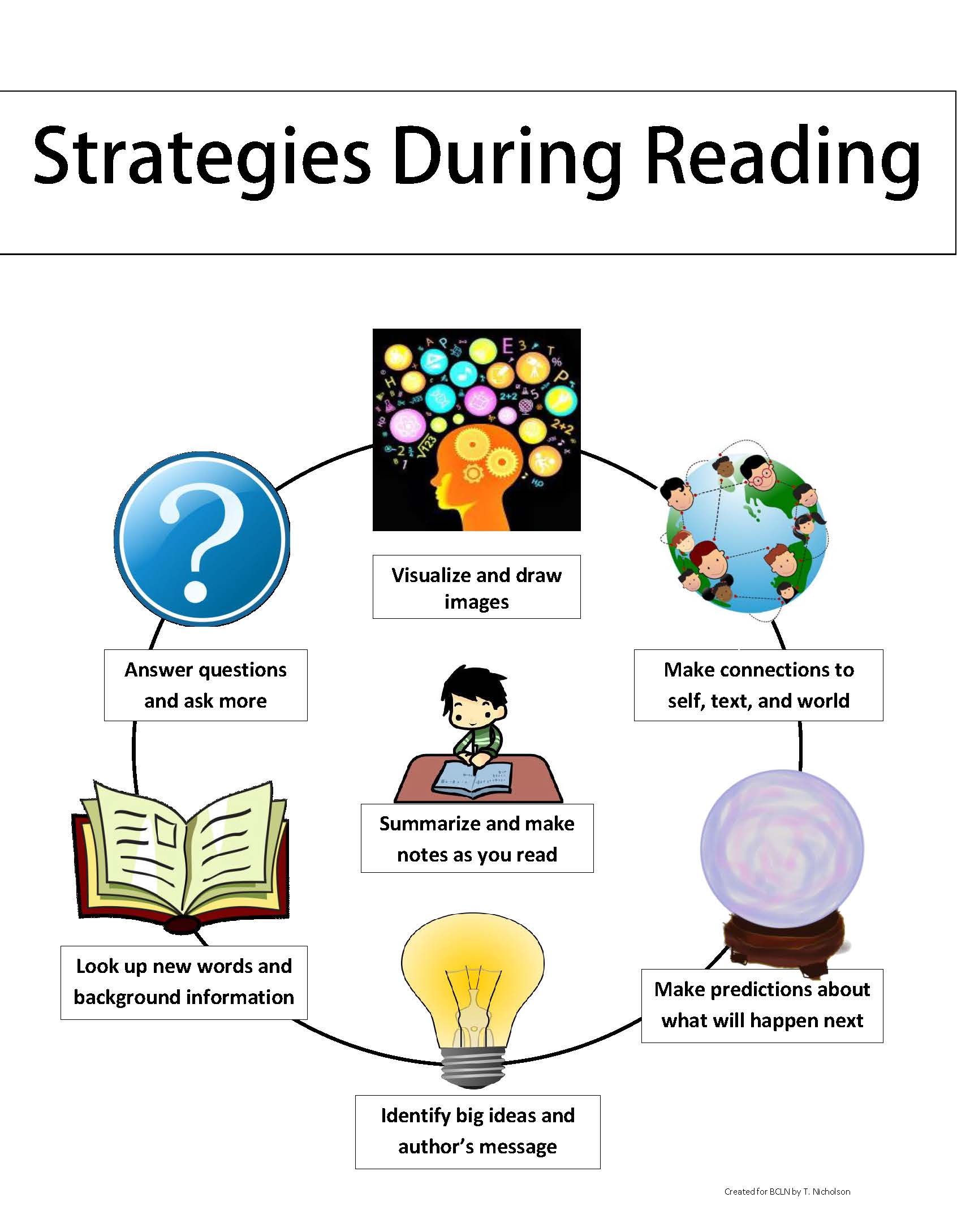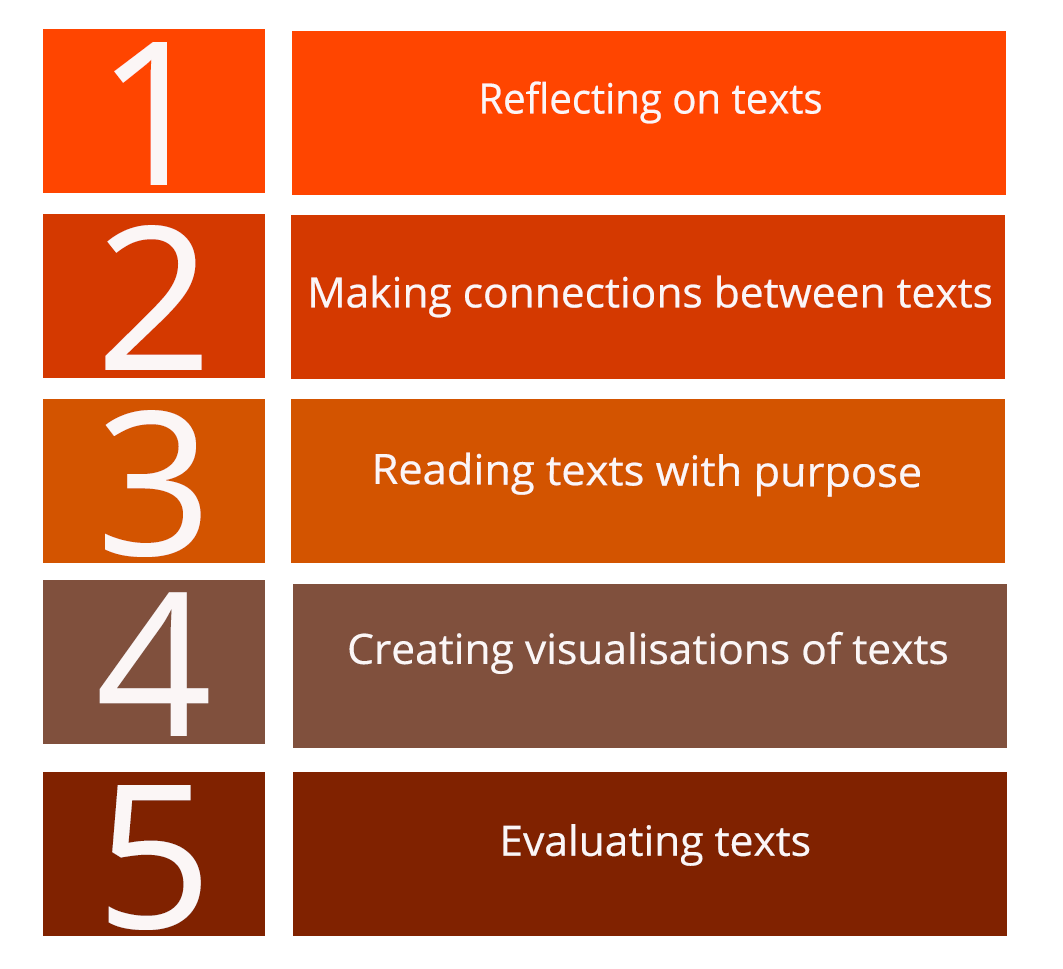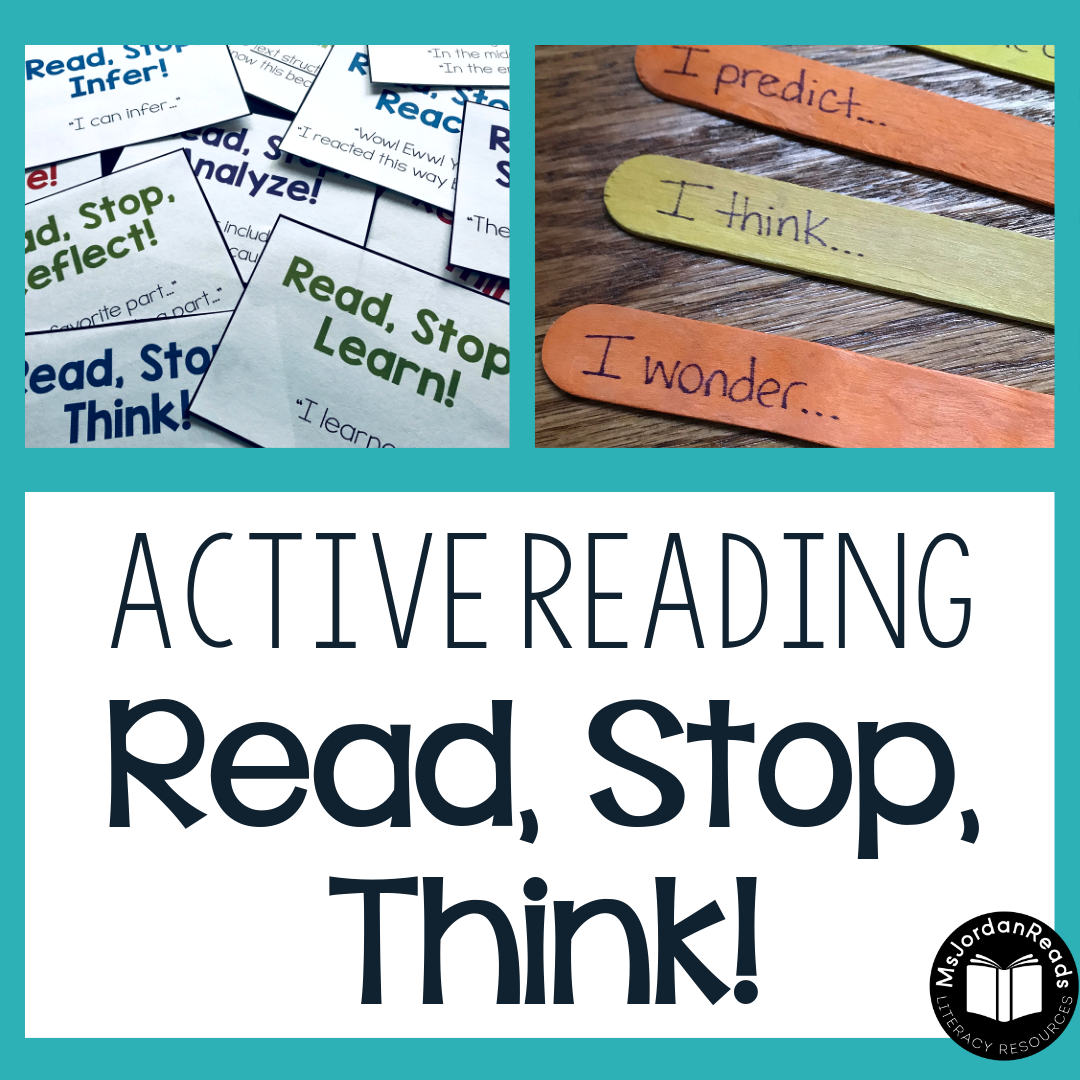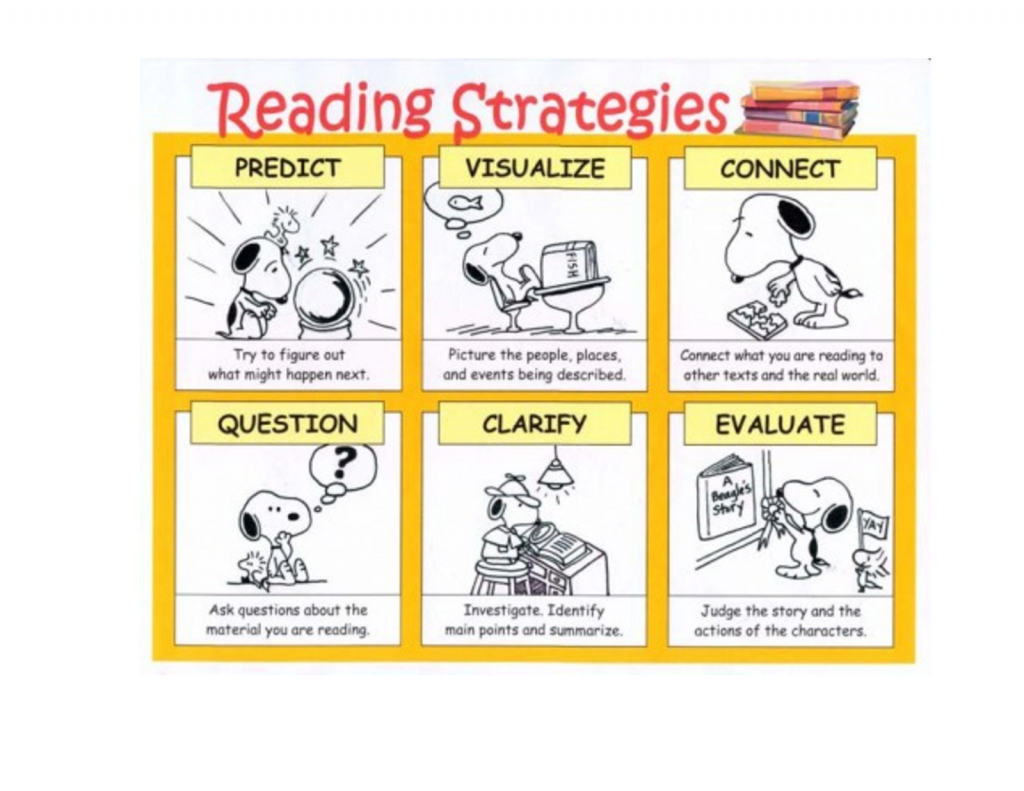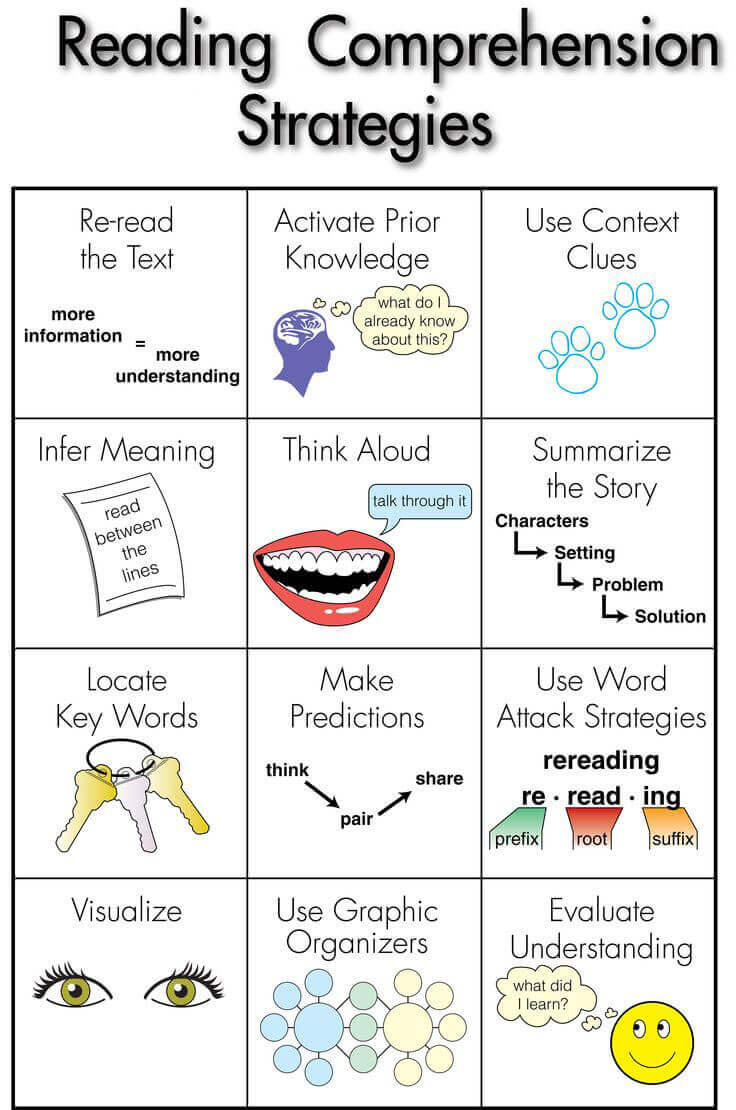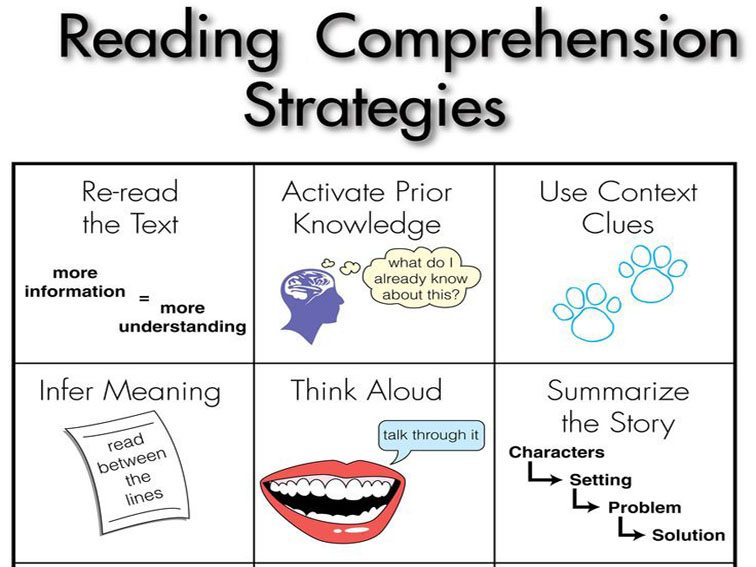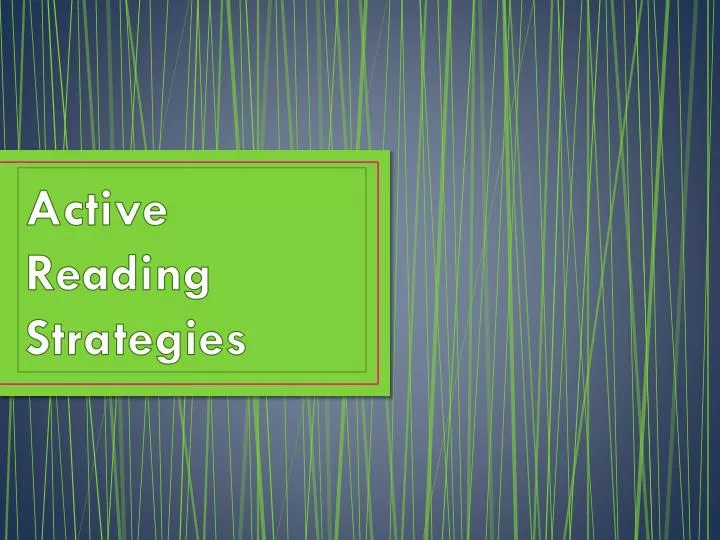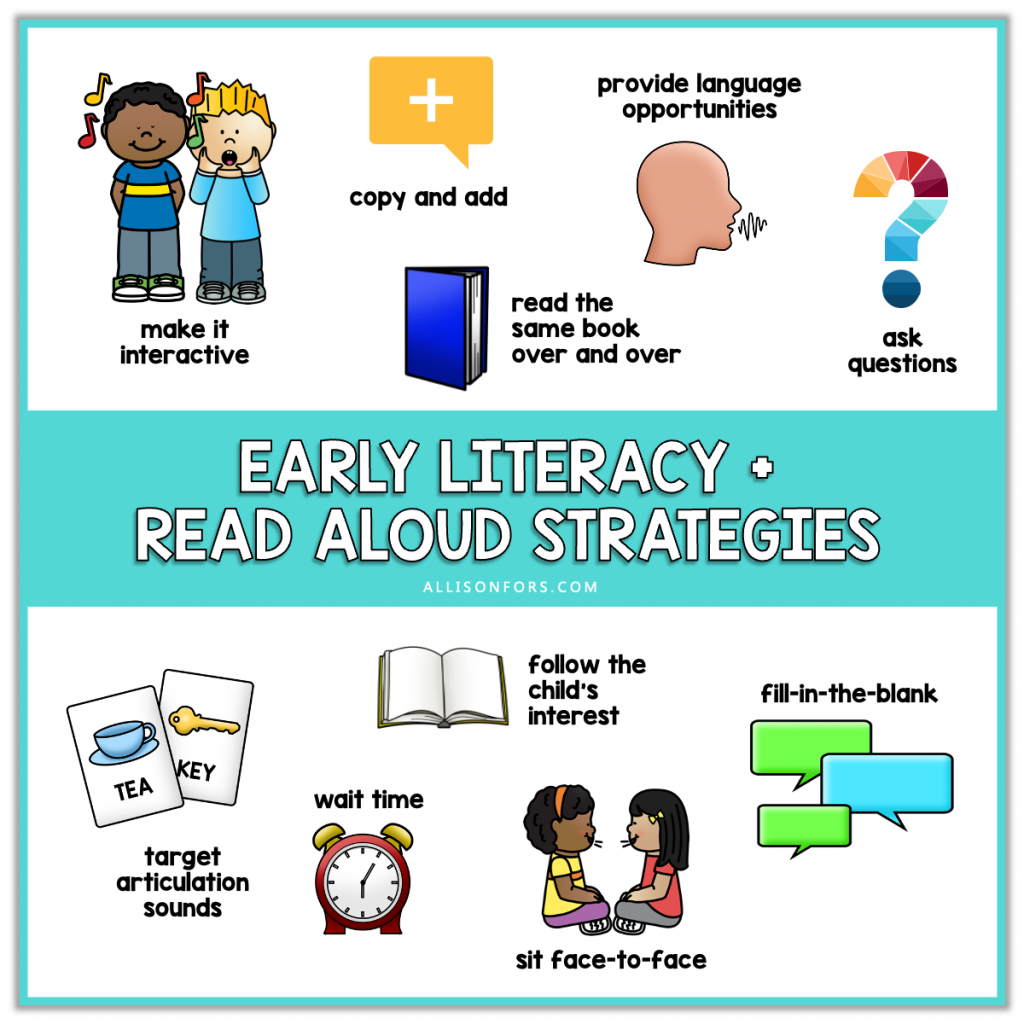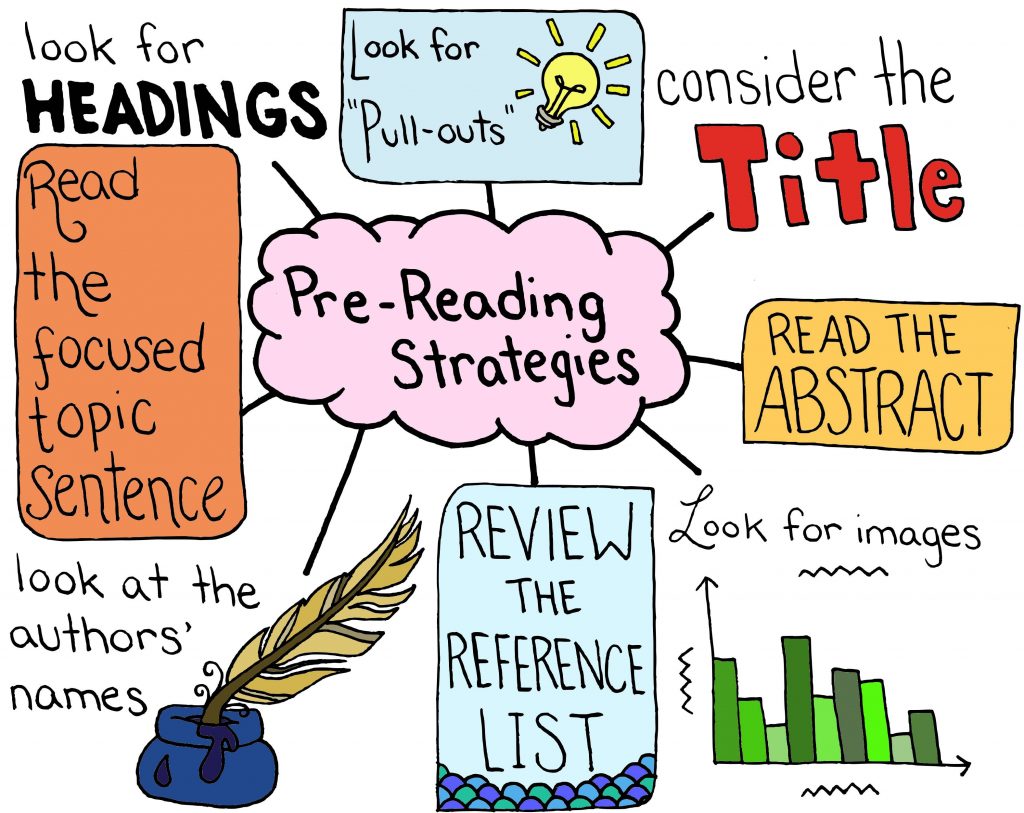Which Reading Strategy Requires One To Read Actively
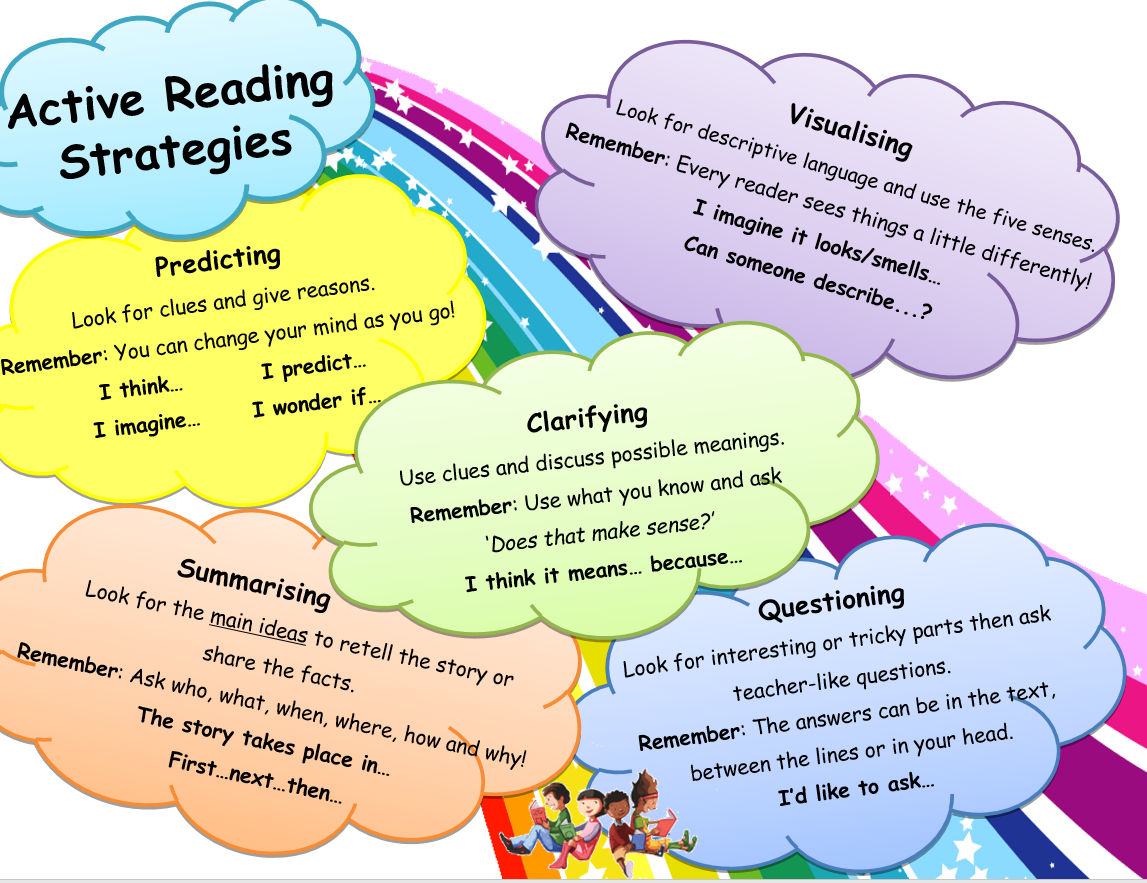
In an era of information overload, the ability to effectively process and retain what we read is paramount. Passive reading, where words simply wash over us, yields minimal comprehension and retention. Actively engaging with text, on the other hand, transforms the reading experience, fostering deeper understanding and critical thinking.
The question then becomes: which reading strategy demands active engagement to be truly effective? The answer lies in a method that moves beyond simple decoding to a dynamic interaction with the material, one that challenges assumptions, fosters critical thinking, and promotes lasting comprehension.
At its core, active reading involves a conscious effort to understand and evaluate the material being read, rather than passively absorbing information.
The King: Critical Reading as the Quintessential Active Strategy
The most effective strategy that requires one to read actively is critical reading. It is not merely about understanding what the text says, but also about analyzing how it says it, why it says it, and what assumptions underpin its arguments.
Unlike skimming or scanning, which focus on extracting specific information quickly, critical reading demands a slow, deliberate, and questioning approach. It necessitates a reader to become an active participant in the construction of meaning.
Key Components of Critical Reading
Several key components define critical reading. These includes questioning assumptions, evaluating evidence, identifying bias, and synthesizing information.
Firstly, questioning assumptions is crucial. Critical readers don't accept statements at face value but instead examine the underlying beliefs and values that inform the author's perspective.
Secondly, evaluating evidence is essential. A critical reader assesses the quality and relevance of the evidence presented to support the author's claims, discerning between factual data and unsubstantiated assertions.
Thirdly, identifying bias is also important. Recognizing potential biases, whether conscious or unconscious, allows for a more objective evaluation of the text and its arguments.
Finally, synthesizing information is necessary. Critical readers connect ideas within the text and relate them to their own knowledge and experiences, creating a comprehensive understanding of the topic.
Techniques to Foster Active Engagement
Several techniques can foster active engagement during the reading process. These techniques include annotating, summarizing, questioning, and discussing.
Annotating involves marking up the text with notes, highlights, and questions, creating a visual record of one's engagement with the material. This practice transforms reading from a passive activity into an active dialogue with the author and the text.
Summarizing the main points of each section or chapter reinforces comprehension and helps identify key arguments. Concise summaries force the reader to actively process and distill information.
Questioning the author's claims and assumptions challenges the reader to think critically about the material. This process encourages the reader to formulate their own opinions and interpretations.
Discussing the text with others provides different perspectives and insights, enriching the understanding of the material. This collaborative approach expands the reader's horizons and challenges their own viewpoints.
Beyond Critical Reading: Active Engagement in Other Strategies
While critical reading epitomizes active engagement, other reading strategies can also benefit from an active approach. Strategies like SQ3R (Survey, Question, Read, Recite, Review) and close reading encourage interaction with the text.
The SQ3R method, for instance, prompts readers to survey the text before reading, formulate questions to guide their reading, and then recite and review the material after reading. This structured approach encourages active participation throughout the reading process.
Close reading, focusing on careful and sustained interpretation of a short passage of text, requires careful attention to detail and analysis. This method demands the reader to engage actively with the nuances of language and meaning.
The Benefits of Active Reading
Active reading yields numerous benefits, extending beyond simple comprehension. These benefits includes improved memory, enhanced critical thinking, and increased engagement.
Improved memory is a direct result of active engagement, as the reader actively processes and encodes information. The conscious effort involved in active reading strengthens memory retention.
Enhanced critical thinking skills are developed by constantly questioning, analyzing, and evaluating the material. Active reading cultivates a more discerning and analytical approach to information.
Increased engagement makes reading more enjoyable and rewarding. Active participation fosters a deeper connection with the text and the ideas it presents.
The Future of Reading: Prioritizing Active Engagement
In an age of digital distractions and fragmented attention spans, prioritizing active reading is more important than ever. Educational institutions and individuals alike must recognize the value of strategies that encourage active engagement with text.
By cultivating critical reading skills and adopting active reading techniques, we can empower ourselves to become more informed, discerning, and engaged citizens. This is crucial for navigating the complexities of the modern world.
Ultimately, the future of reading lies in embracing an active approach. This approach not only enhances comprehension, but also fosters critical thinking and empowers individuals to become active participants in the construction of knowledge. By understanding and implementing active reading strategies, we can unlock the full potential of the written word.
